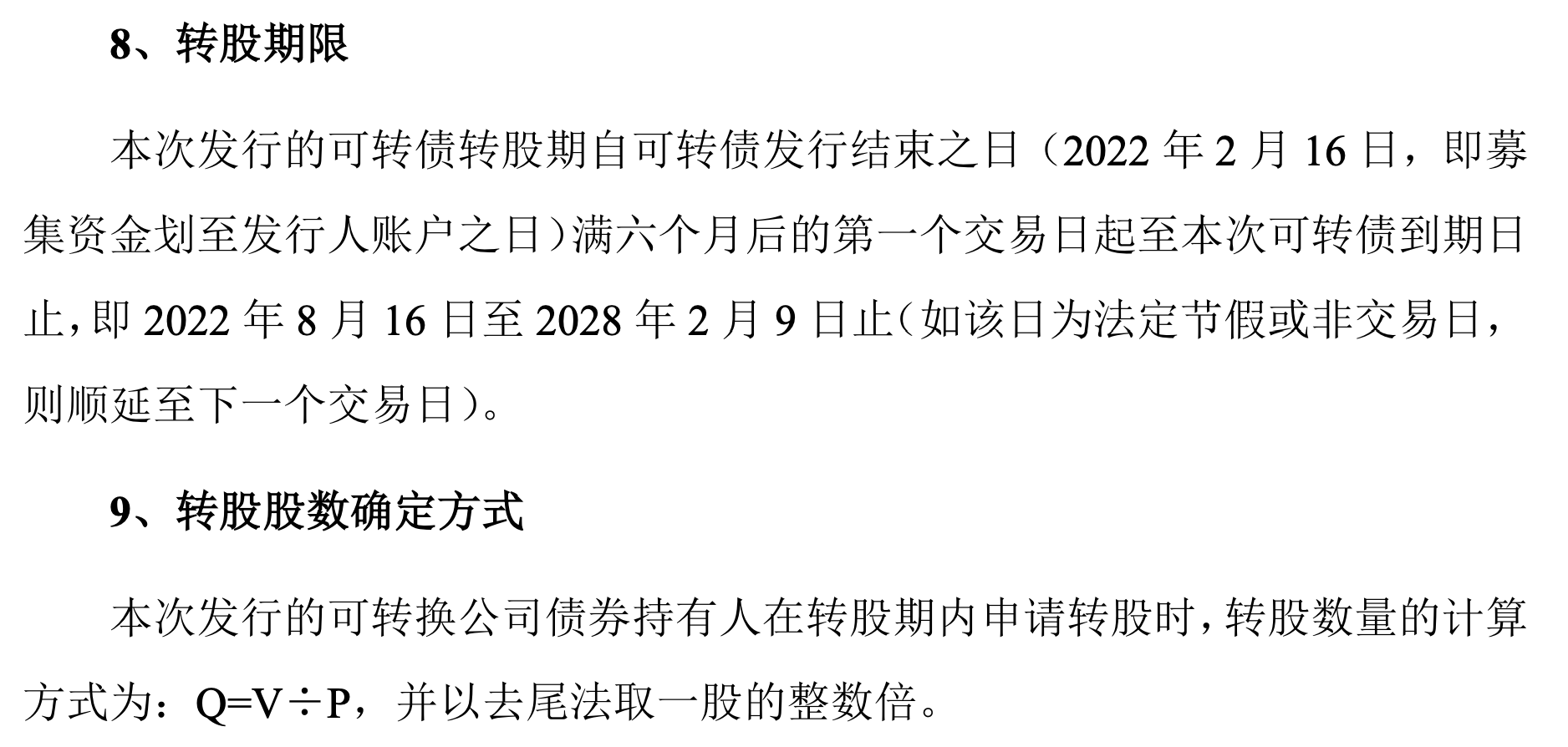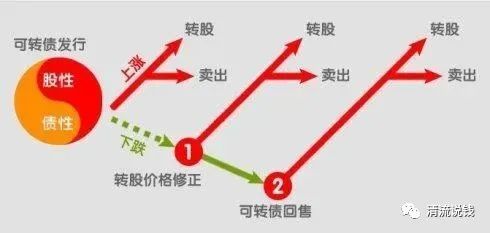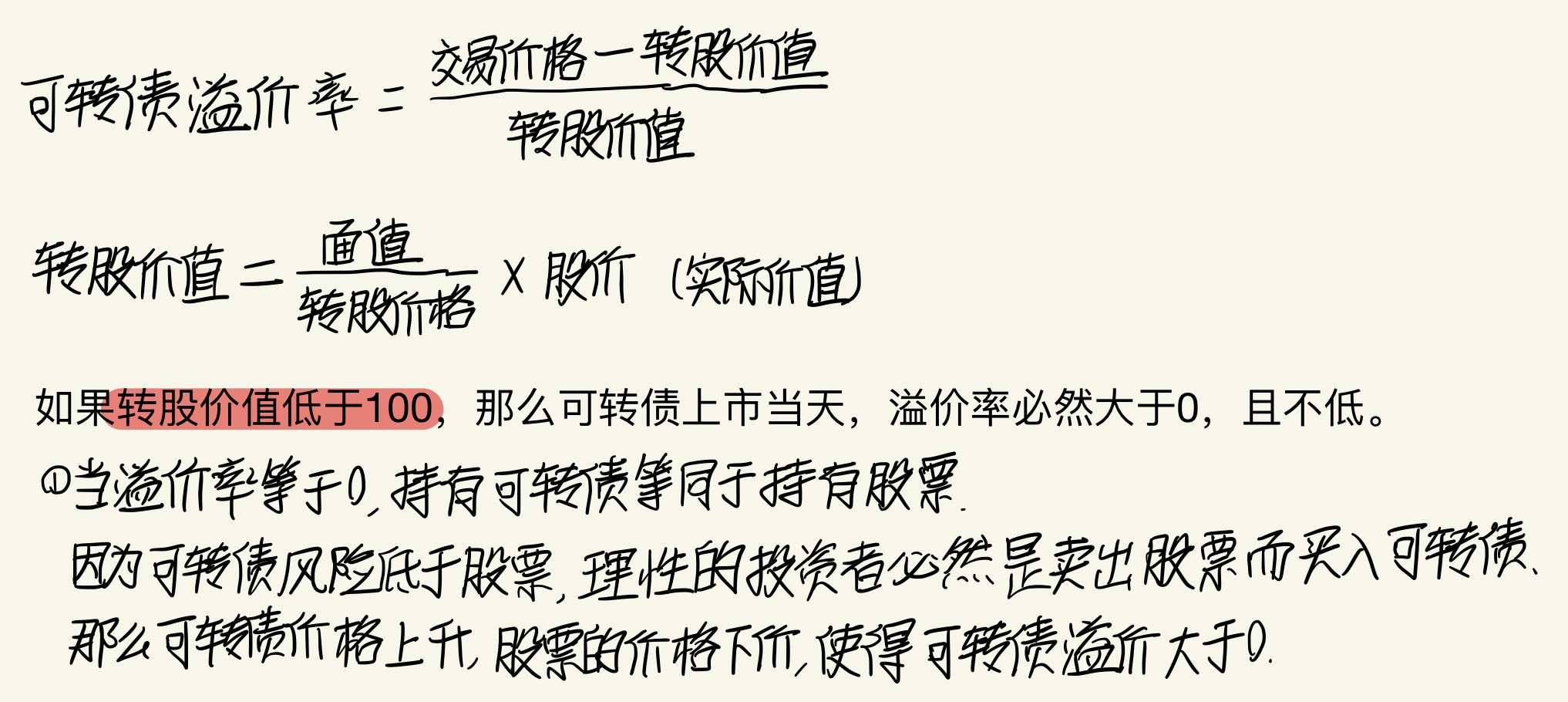Python 进阶
[toc]
- The Python
Standard Library
- keep this under your pillow
[toc]
[toc]
2023 年元旦假期,新冠疫情刚刚肆虐过,疫情的恐惧还没有消散。
作为率先走出家门的人,我们在西安逗游三天。我们去西安的初衷,是希望可以尽可能多地了解华夏五千年的历史,所以我们整个旅行的侧重点是历史遗迹和文物欣赏。
[toc]
2022 年 11 月末,北京疫情变得严重起来,我开始居家办公。这段时间省下来数个小时的通勤时间,使得自己能够利用晚上的时间,捧起《如何阅读一本书》。我的初步想法是希望阅读这本书可以教会自己如何更加高效读书,如何更好地理解和整理一本书,以及纠正自己阅读的一些坏习惯。

[toc]
ETF 是英文 “Exchange Traded Funds” 的简称,常被译为 “交易所交易基金”。ETF 是一种在交易所上市交易的、基金份额可变的基金。ETF 结合了封闭式基金与开放式基金的运作特点,一方面,基金份额可以像封闭式基金一样在交易所二级市场进行买卖;另一方面,可以像开放式基金一样申购、赎回。 ETF 通常是以某一选定的指数所包含的成分证券为投资对象,依据构成指数的证券种类和比例,采用完全复制或抽样复制的方法进行被动投资的指数型基金。
这是一本 Kindle 上偏游记的快消书,我已经不记得阅读动机了。作者的辞藻华丽,文字优美,但是言语中透漏出年轻人固有的阅历尚浅,对生活的体验不深刻,仅仅是城市的过客。
自动驾驶是一个大工程,概念定义繁多,这篇文章做一下收集和整理。文中部分概念摘录自百度 Apollo 系统公众号,并以 Apollo 系统为例进行概念讲解。
在 Linux 系统上编译大型程序时,可能遇到如下编译错误:
1 | c++: internal compiler error: Killed (program cc1plus) |
经过查资料,大概率是编译时内存不够导致的,除了增加物理内存外 (花银子),短期可以通过增加交换分区 swap 来解决 (时间换空间)。
[toc]
linux 下面所有的文件、目录、设备都有一个路径,这个路径永远以 / 开头,用 / 分隔。
通过 mount,可以设置当前的路径与设备的对应关系。每个设备会设置一个挂载点,挂载点是一个空目录。一般来说必须有一个设备挂载在 / 这个根路径下面,叫做 rootfs。其他挂载点可以是 /tmp,/boot,/dev 等等,通过在 rootfs 上面创建一个空目录,然后用 mount 命令就可以将设备挂载到这个目录上。挂载之后,这个目录下的子路径,就会映射到被挂载的设备里面。同一个设备可以有多个挂载点,同一个挂载点同时只能加载一个设备。
文件系统挂载时有覆盖(/ 遮盖)关系,如果你所要挂载的挂载点(/ 目录)下面有文件或已挂载的文件系统,那么新挂载的文件系统会遮盖其下面的内容。这也就是挂载点为什么必须是空目录的原因了。
1 | # 查询磁盘信息 |
如果挂载硬盘后,重启系统后异常,比如在登录界面循环登录,无法进入可视化界面;这可能是 /etc/fstab 文件配置错误,删除刚才添加的内容可以恢复正常。
[toc]
本文是香港科技大学的研究结果,发表于 ICRA 2020。
作为一个自动驾驶的研发人员,通篇读下来认为这篇论文研究在实际工程应用中价值比较低。如果非学术原因,不建议深度研究。
其一,文章的亮点是自车策略选择,现在比较成熟的技术路线是 spatial-temporal planner 方案;
其二,原本吸引我的 POMDP 和 多物体交互,在文章中却被略写,没有深度。周围车辆的意图是受到自车未来行为决策影响的,所以存在一定的不确定性,如何评估这部分不确定性,如何判断对方车是否有合作意图,这部分难点问题也没有深入研究。
因为后续的精力有限,自己不会再对阅读的论文进行整理,但是我会逐渐整理并分享一个自动驾驶进阶学习资料。
[toc]
文章观点仅代表作者本人看法,存在个人的认知局限性。若内容涉及投资建议,仅供参考勿作为投资依据。投资有风险,入市需谨慎。
今年第二次中签可转债 — 锦浪发债。之前被公众号安利打新债赚钱容易,但是赚钱的具体原因却不晓得,趁着这次中签新债的机会,以 锦浪发债 为例,扒一扒打新债赚钱的原理。

可转债全称 可转换公司债券 (Convertible bond),属于公司债券的一种形式。可转换公司债券是指发行人依照法定程序发行、在一定期限内依据约定的条件可以转换成股份的公司债券。公司发行可转换债券的主要动因是为了增强证券对投资者的吸引力,能以较低的成本筹集到所需要的资金。
这种债券附加转股选择权,在转换前是公司债券形式,转换后相当于增发了股票。因此,可转换公司债券兼有债权投资和股权投资的双重优势。
可转换公司债券与一般的债券一样,在转换前投资者可以定期得到利息收人,但此时不具有股东的权利;当发行公司的经营业绩取得显著增长时,可转换公司债券的持有人可以在约定期限内,按预定的转换价格转换成公司的股份,以分享公司业绩增长带来的收益。可转换债券一旦转换成普通股票,能使公司将原来筹集的期限有限的资金转化成长期稳定的股本,扩大了股本规模。
可转债本质上是公司借钱的一张 “欠条”,相当于我们把钱借给了上市公司,到期可以拿回本金 + 利息。借钱期限到了,公司是要返还我们本金还有利息的,这是 “债” 的部分。同时,它还可以转化为股票。如果股价上涨,我们不想做公司的债主,还可以做公司的股东,这就是 “可转” 的含义。正因为可转债具备「股债」双重特性,所以又被认为是「下有保底,上不封顶」的投资品。
注意,可转换债券通常包含 赎回条款 和 回售条款,一般可以分为可赎回债券和可回售债券。
可转换公司债券一般要经股东大会或董事会的决议通过才能发行,而且在发行时,应在发行条款中规定转换期限和转换价格。
本文以 锦浪发债 为例,看看公告中是如何规定利息、转债、赎回和回售条款。本节以下截图均来自 锦浪科技股份有限公司向不特定对象发行可转换公司债券发行公告。






要理解可转债打新赚钱的原理,我们必须要弄清楚一件事 — 溢价率,我们打新收益大部分都源自于溢价率,然后小部分是股价上涨所致。
可转债等同于 “买了保险的股票”,价格可看成 “正股价格 + 保险费” 或者 “正股价格 *(1 + 转股溢价率)”,转股溢价率随着市场情绪的变化而变化。一般的规律如下:
溢价率怎么查?通过集思录的可转债筛选功能,我们可以查看锦浪溢价率。因为未上市交易,溢价率为负,这里仅是示例。


公告中的初始转股价格不得低于
所以,一般在发行前,溢价率小于 0,发行后溢价率为正。


债券信用评级是以企业或经济主体发行的有价债券为对象进行的信用评级。债券信用评级大多是企业债券信用评级,是对具有独立法人资格企业所发行某特定债券、按期还本付息的可靠程度进行客观公正的评估,并标示其信用程度的等级。这种信用评级,是为投资者购买债券和证券市场债券的流通转让活动提供信息服务。
锦浪转债的信息评级是 AA-。“AA” 表示偿还债务的能力很强,受不利经济环境的影响不大,违约风险很低;“-” 符合进行微调,表示略低于本等级。
